Galápagos: Lessons from Finches, Marine Iguanas, and Islands
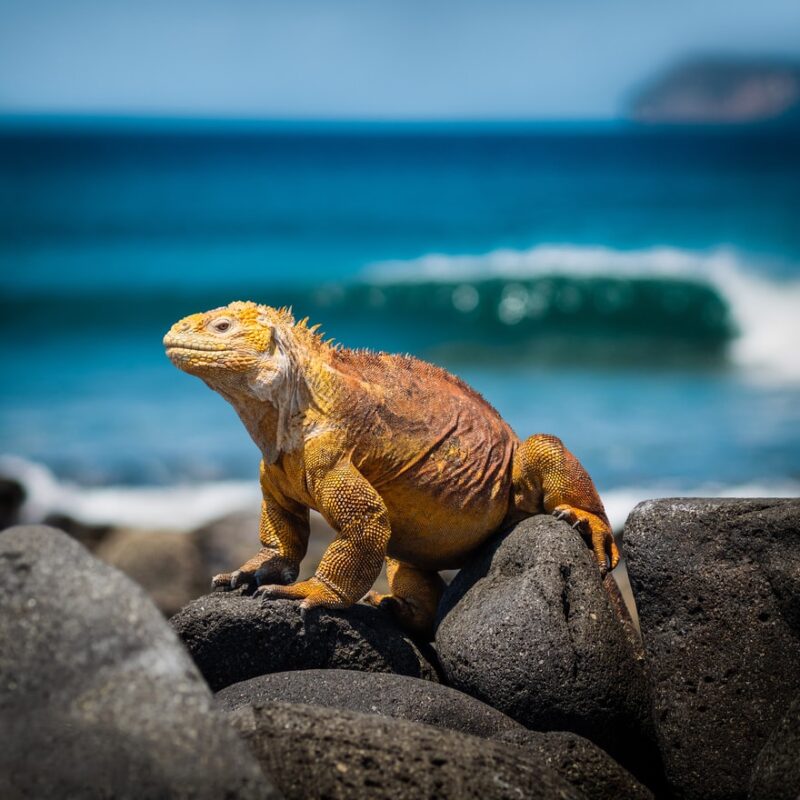
Now, as we careen into the Anthropocene era, the human species has seemingly become the prime mover of ever-accelerating change; but we are nonetheless subject to it. Subject to inexorable processes of evolution. “In this changing world everything is subject to change,” says the Isha Upanishad.
The Galápagos Islands, famous as Darwin’s “laboratory” of evolution, offer us lessons in natural forces and the ever-changing world: lessons from Darwin’s finches, still diverging and evolving, still surviving—precariously; lessons of the islands themselves, born of fire extruded from deep in the earth, sliding slowly (two inches a year) eastward toward extinction; lessons of marine iguanas, the world’s only seafaring lizard, the island of their origins 10 million years ago now drifted halfway to South America and 2,000 feet under the sea, still sinking.
The Galápagos are like no other islands on Earth. The endemic finches, giant tortoises, and marine iguanas are like no other species on Earth. To see them for ourselves, to wonder at them, to learn from them—such was the purpose of a recent New Year pilgrimage for me and my wife Ruth.
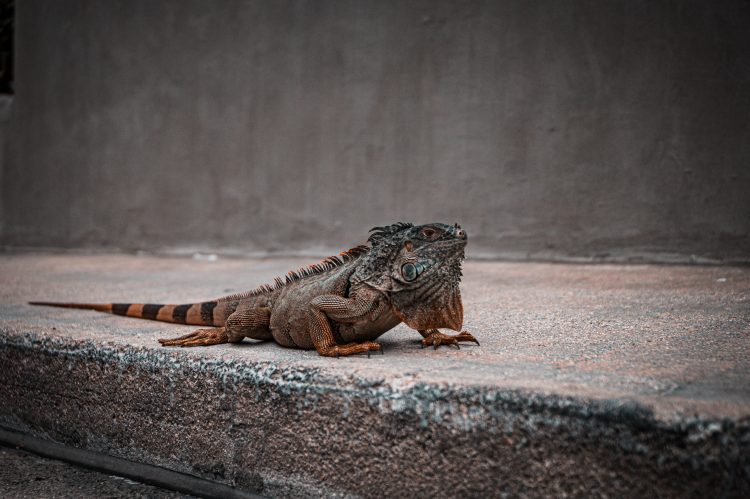
Evolution Brings Both Advantages and Dangers
The marine iguanas captivated our imaginations as did no other Galápagos creature. From their lost origins, they have adapted as seven distinct subspecies on eight different islands ranging from Fernandina, the youngest, to Española, the oldest. We have watched marine iguanas ride the crashing surf, and dive from and climb up vertical lava cliffs. We have seen them feeding on green algae on the seafloor. We kneeled beside a few to marvel at them, unheeding as they warmed themselves in the sun, sneezing out salt they took in with their food.
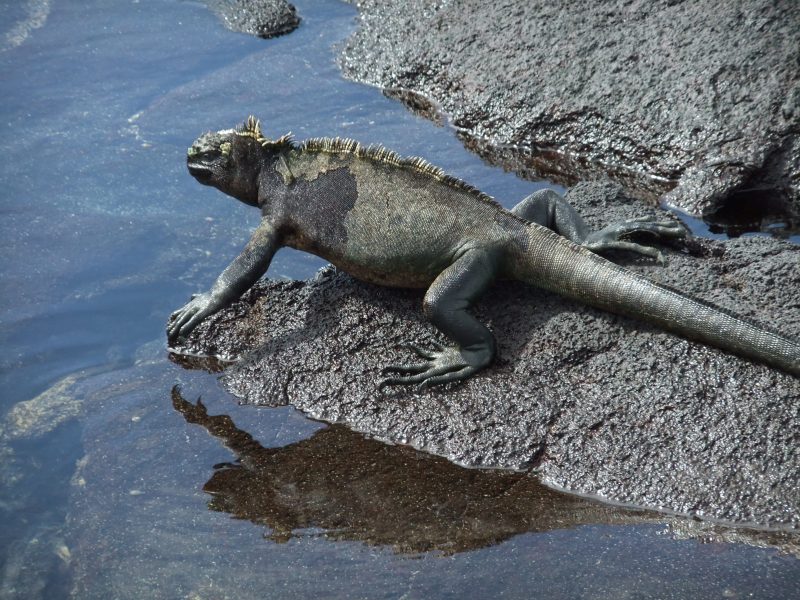
They evolved powerful long tails for swimming, special glands to filter salt, snub mouths to feed efficiently on green algae, special endobacteria for digesting marine vegetation, and dark colors for absorbing enough sunlight to warm their cold blood after seafloor foraging. They learned to cooperate with finches and Sally lightfoot crabs who pick ticks, mites, and algae off their hides. They evolved to fill their own special niche and thus minimize competition. In doing so they face other risks, including powerful surf and playful sea lions. When a strong El Niño strikes and the algae die off in warming waters, marine iguanas also die, in catastrophic numbers. Such are the risks of adaptation and evolution.
The finches arrived much later than iguanas, two or three million years ago when there were only five islands. Molded by harsh terrain and shortage of food and water, they evolved into 13 distinct species, unlike finches anywhere else on earth. Each species has evolved for a particular role in an island ecosystem, a role often filled elsewhere by some other species. The insectivorous warbler finch becomes possible on islands without true warblers to compete. The woodpecker finch, adept at peeling bark and picking out grubs, becomes possible where there are no woodpeckers. Lacking a woodpecker’s coiled tongue, it fashions probes from cactus spines to reach its prey. Nectaring finches evolve where there are no bees and hummingbirds and so replace them as pollinators. Sharp-beaked finches peck at the wings of Nazca boobies, drawing blood for liquid and food. Ground finches pick ticks from underbellies of giant tortoises, who raise themselves up to aid this welcome service.
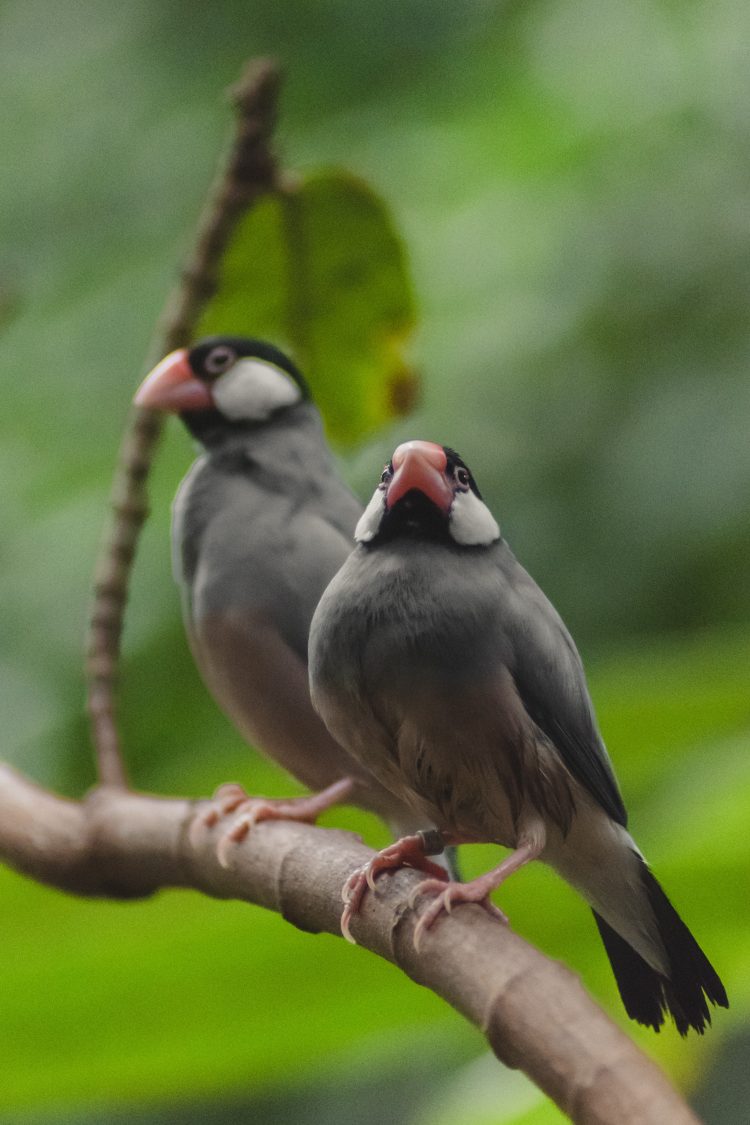
The finches’ minutely differing beaks are a key to the mystery of change. Darwin’s finches are survivors of competition and conflict, their beaks swelling, bending, sharpening, diverging “as if to minimize competition by making themselves as different as possible” (Weiner, 55). Each beak becomes a specialized tool minutely different from every other. In times of drought and scarcity, half a millimeter is the difference between survival and starvation. The shaping edge of evolution carves as keenly as a knife blade.
The finches and their world not only witness to the wonderful diversification of life on earth, they offer subtle lessons on precarious adaptation to scarcity and stress that both they and we, their human counterparts, must face now and in the future. Darwin’s theory of evolution, founded on competition, is ultimately and strangely optimistic; it predicts general reduction of competition through specialization of function, behavior, and habitat (Weiner, 144).
A Microcosm of Earth’s Potentialities
Peter and Rosemary Grant, biologists who devoted their lives to providing minute proof for Darwin’s theory of natural selection, sum up 30 years of work on Daphne Major (a small, almost inaccessible Galápagos island) with an anonymous statement often erroneously attributed to Darwin: “It’s not the strongest of the species that survive, nor the most intelligent, but the one most responsive to change.” The Galápagos were Darwin’s laboratory of geological and biological change. “The origin of all my views,” he called them; and they continue as a microcosm of Earth’s potentialities for emergence of new beings, survival, and extinction.
The islands themselves are hauntingly beautiful and strange. As the Nazca plate passes over the Galápagos “hot spot,” magma wells up from hundreds, maybe thousands of miles down, to build volcanic islands. Over millennia, they drift slowly eastward, until they slide beneath the South American plate, to upwell again in the Andes. Nothing, including an island, ever dies. It returns to origins, and is reborn, transformed. That, perhaps, is a lesson of eternity.
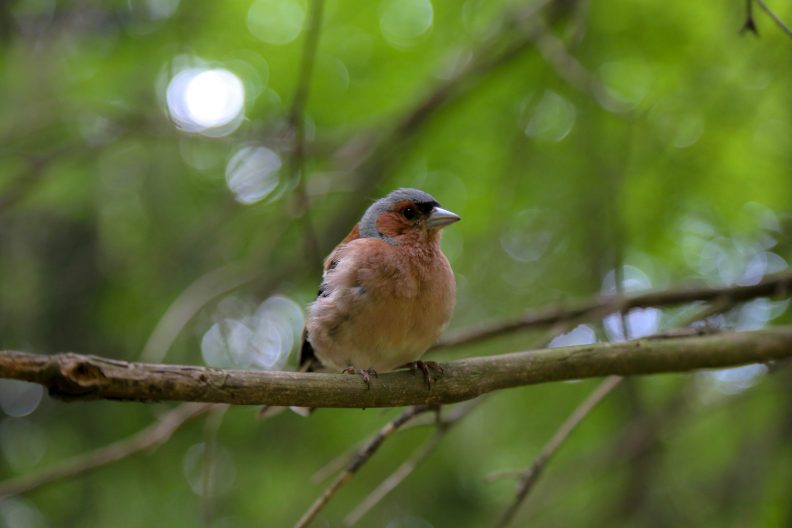
Some early mariners—pirates, whalers, adventurers—thought the islands bewitched because of the churning, always shifting confluence of powerful ocean currents from all directions. Some thought the islands were floating, in motion. They were right.
These haunted islands are daughters of eternal processes and slow time, fire and water, birth and death, creation and extinction, continental drift and minute difference in the beak of a bird. Born of fire, they are shaped by the churning of ocean currents and sustained by unpredictable cycles of El Niño and La Niña, the divine child. In their isolation, they are a meeting place of earth, water, air, fire, space, and slow time. They rise from the sea as microcosm to that somewhat larger archipelago, the drifting continents of planet Earth.
We tourists seem to sense the mystery. We speak quietly, tread softly, leave nothing behind, take nothing away. Signposts along the trails offer sage advice: STOP.
Nothing Is Guaranteed—Except Change
What other advice might we take from Galápagos-what lessons of time and ceaseless evolution can we learn?
Everything is interdependent in a world of limited resources. Possibility and innovation are unpredictable, and nothing is guaranteed—except change. Find your swadharma, what you were always meant to contribute to the flow of life. Regard your journey as pilgrimage; renounce destination. Every step is evolution, possibility.
Competition gradually, painfully, leads to cooperation, mutualism, and symbiosis, on the islands of the giant tortoises and on island Earth. Given time, life co-evolves to fill every niche, draw upon every source of energy, recycle everything, waste nothing, and perform its miracles of regeneration. Study nature’s processes.
What other advice might we take from Galápagos-what lessons of time and ceaseless evolution can we learn?
Everything is interdependent in a world of limited resources. Possibility and innovation are unpredictable, and nothing is guaranteed—except change. Find your swadharma, what you were always meant to contribute to the flow of life. Regard your journey as pilgrimage; renounce destination. Every step is evolution, possibility.
Competition gradually, painfully, leads to cooperation, mutualism, and symbiosis, on the islands of the giant tortoises and on island Earth. Given time, life co-evolves to fill every niche, draw upon every source of energy, recycle everything, waste nothing, and perform its miracles of regeneration. Study nature’s processes.
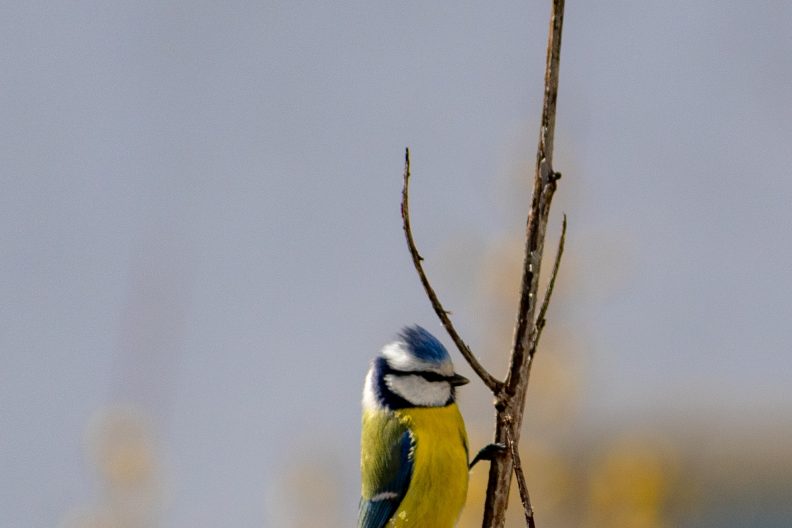
The impact upon Galápagos, and everywhere, of human population, depredation, and introduction of alien species has been very great. The fragile remnant of Darwin’s species will not make it through this Anthropocene era without our own reformation, our active help, and our compassionate forbearance. Follow the Galápagos example: in times of stress and shortage, simplify, minimize competition, conserve energy, and specialize in what is locally available.
Above all, cherish difference and restore diversity, essential to resilience and survival.
Remember that these Islands are the fabled Encantadas; they are Enchanted. Hold in mind the final sentence of Jonathan Weiner’s wonderful book The Beak of the Finch: “Darwin’s finches will keep their covenant with Darwin’s islands, witnessed by a heap of stones.”
Will we, Darwin’s own species, keep our covenant with the creation?
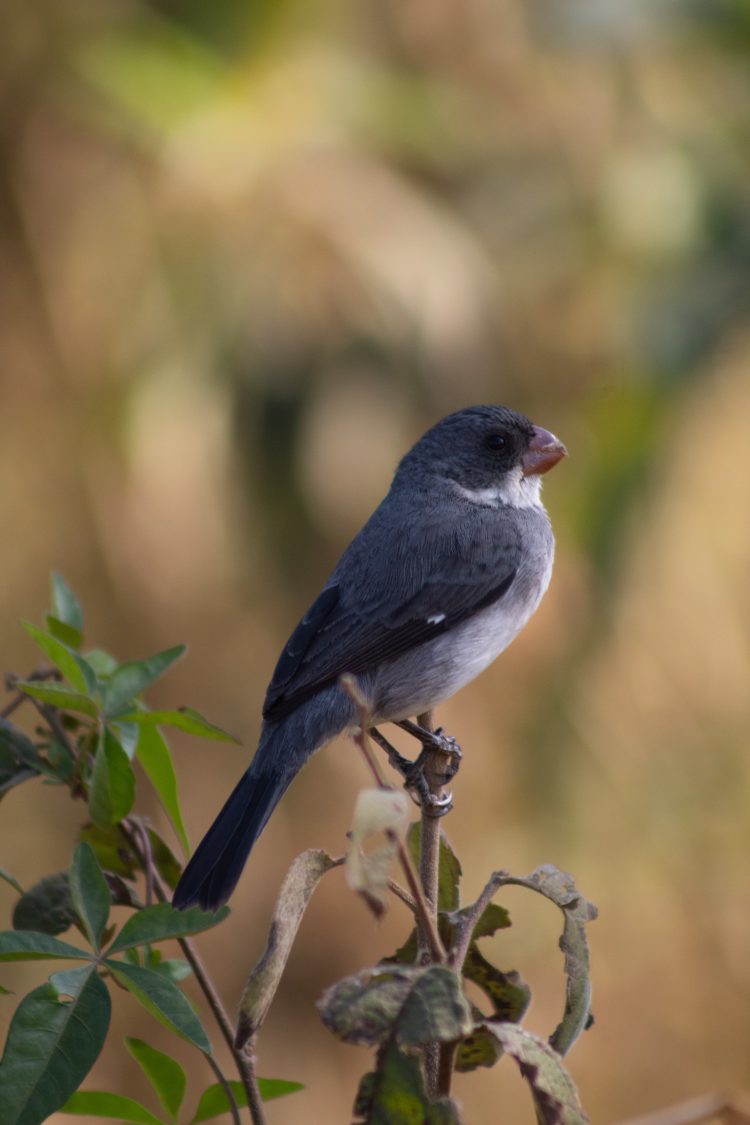
![Photo by Kathy Barnhart. She writes, “Chinese Houses, California Poppies, Lupines, Tidy Tips amidst the oak trees make such a wonderful palette. This area in Shell Ridge Open Space Preserve [CA] is tended by a large group of volunteers, encouraging native flowers and plants and weeding out invasives. What a gift they have given to all!”](https://quakerearthcare.org/wp-content/uploads/dynamic/2022/05/Native-California-Flowers-by-Kathy-Barnhart-750x500-c-default.jpg)